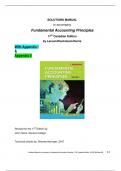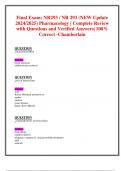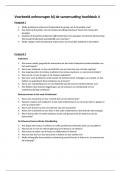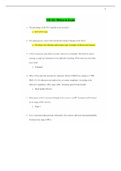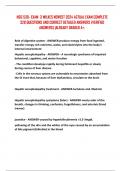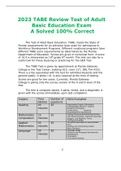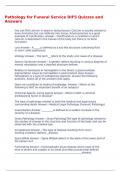Prüfung
Solution Manual for Fundamental Accounting Principles Volume 1 17th Canadian Edition By Kermit D. Larson, Heidi Dieckmann, John Harris
- Kurs
- Hochschule
Solution Manual for Fundamental Accounting Principles Volume 1 17th Canadian Edition By Kermit D. Larson, Heidi Dieckmann, John Harris
[ Mehr anzeigen ]
